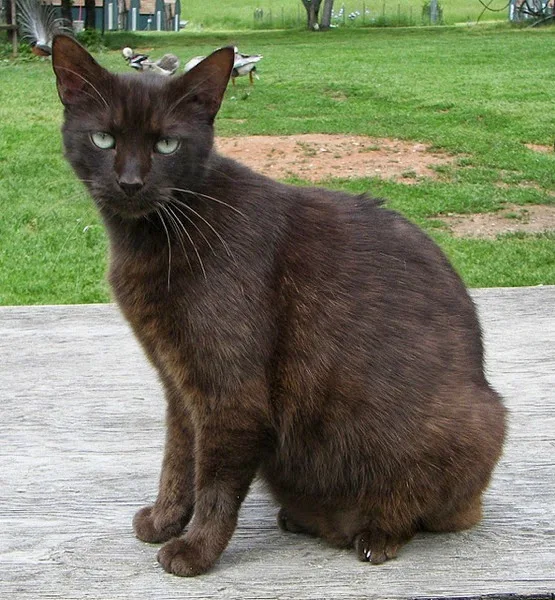I think it's true that if you feed a stray cat you are very close to the moment of adopting the cat. Even if you don't actually take the cat in and treat that cat as your own, you are adopting the cat, aren't you?
A journalist, Tim Kreider, writing for the New York Times made a good point. He said that people have “a reservoir of affection". People need to express their affection and in the absence of a person, perhaps child or a lover, they give their affection to a companion animal.
I'm thinking of Sarah Hartwell (of Messybeast.com) who says that cats just happen. They are just there and I'm fairly certain that Sarah Hartwell a well-known cat lover and author has never purposefully adopted a cat because it just happened.
People with this reservoir of affection see in a vulnerable kitten or cat a receptacle for their affection although they probably don't realise it.
I think it happened to me when I adopted Charlie. My mother had just died and I was at her home looking over some furniture which I could take; the usual thing. I had no intention whatsoever of adopting Charlie. I didn't even think about him but there he was looking sheepish in the corner of a room with anxiety written all over his face.
There was nothing I could do other than take him home with me despite the disruption that it was bound to cause together with the long-term responsibilities which I had inexplicably taken on. It must have been that reservoir of affection that I needed to offload onto somebody. At the time I did have a girlfriend but I guess I wasn't allowed by her to deliver enough of my affection to her.
When people have to care for a person who is ill and that caring goes on for a long time then the reservoir of affection runs dry and the process becomes work, painful and irritating. I suppose each person has a different amount of affection in their own reservoir.
You can look at this “reservoir of affection" from the other side of the coin. If we have a reservoir of affection which we need to give to others then it follows that people receive affection from others and therefore need it. They need to be nurtured.
The question is whether a companion animal can nurture a person and I am I not sure that they can sufficiently and this is where there is a possible weakness in the relationship between companion animal and person.
Do you think that a cat companion is able to fully nurture a person? Does a cat have a reservoir of affection which they wish to give to their human guardian?
I do believe though that people have this reservoir of affection and they have a need to nurture others. In fact you can go further than that and say that under normal circumstances a person needs to have responsibilities and those responsibilities extend to looking after another; a companion animal or a person.





